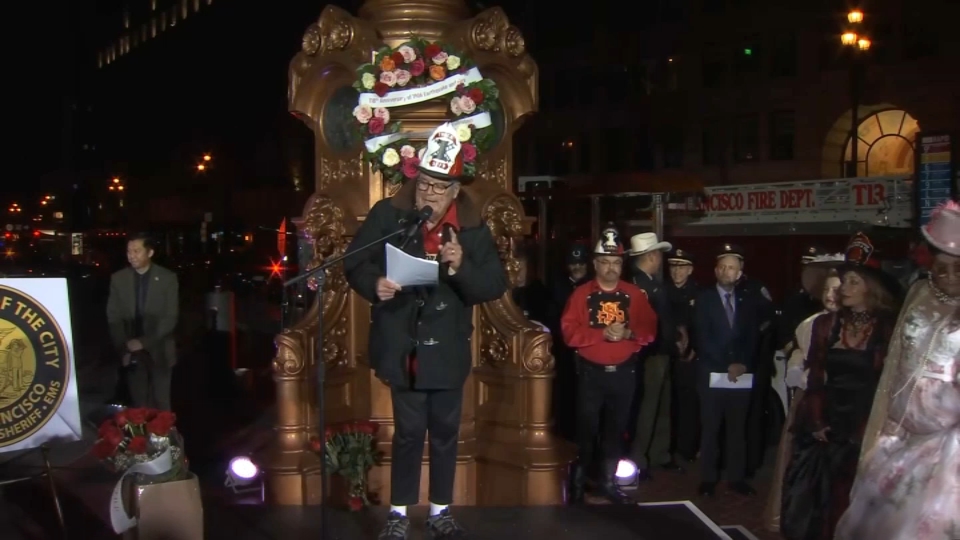Michael McEnteggart can still hear the explosion – smell the smoke – see the bodies of his fellow crewmen. The ghastly scene aboard the USS Iowa has lived with him, every day for 23 years.
“I was right next to the turret when it exploded.” McEnteggart said, his eyes trailing off in memory. “My space filled up with smoke.”
Forty-seven of McEnteggart’s fellow crewmen died that day in an explosion in the Iowa’s gun turret two, as the ship conducted exercises off of Puerto Rico. Immediately after the explosion, McEnteggart suited up in fire gear and entered the turret. It was already too late.
“It was dark, it was smoldering and there were bodies lying around,” said McEnteggart. “We put the fire out.”
A year later, the ship was decommissioned and stored among in the floating naval purgatory of the mothball fleet in Suisun Bay. The anniversary of the explosion was marked back East with memorials each year, but never on the ship.
But last November, the Navy awarded custody of the Iowa to the Pacific Battleship Group. The team plans to tow the ship to Southern California where it will become a floating museum. With the ship now undergoing restoration in the shipyards of Richmond, crewmembers had their first opportunity to hold their annual memorial back on the ship.
“I think it’s important to honor the people that were in the turret,” said Iowa crewmember David Canfield. “To do so onboard is an incredible step.”
Local
At 9:55am, the exact time of the explosion, three crew members from the ‘89 crew began reading the names of the 47 dead. With each name, the chime of the ship’s bell reverberated across the its aged wooden deck.
Canfield said the ritual aboard the ship provided some closure. But even after 23 years, he said he still grapples with the memories of the friends he lost.
“You do kind of deal with survivor’s guilt,” Canfield said. “Sooner or later you have to come to grips with the fact it’s not my fault I that I survived.”
The official investigations that followed the explosion threatened to overshadow the tragedy itself. The Navy’s initial investigation claimed a crew member had intentionally caused the explosion, as the result of a turbulent homosexual relationship with another crew member.
But a second investigation by an independent group of scientists found that explosion was more likely the result of human error. The Navy apologized to the families of the two crewmen, although it never officially recanted its theory the explosion was intentional.
Canfield said he has a well-rehearsed answer whenever mention of the investigation comes up.
“I believe what happened on April 19th 1989 was the result of a comedy of errors and was in every way an accident,” Canfield said.
The Pacific Battleship Center says turret two will remain closed to the public, but open to family and friends.
As the 47th name was read, and the last vibration of the ringing bell had dissipated, McEnteggart stepped to the microphone to speak. All around, the historic ship was covered in tarps -- signs of the frenetic work to get the ship ready for its scheduled May 20th departure for San Pedro.
“Right after this ceremony I’m going to get back in my coveralls and I’m going to go to work,” said McEnteggart with a forceful bravado. “That’s what they’d want and that’s what I want.”



